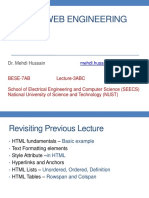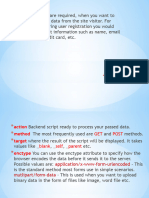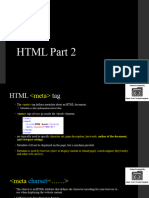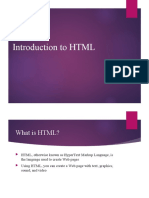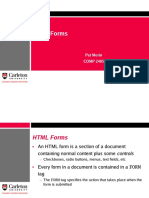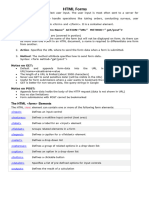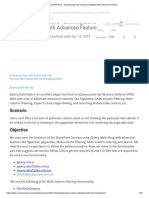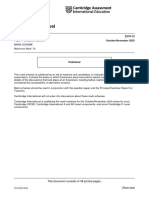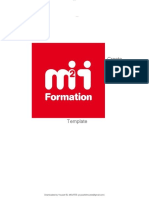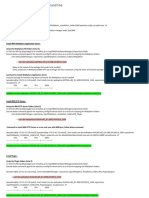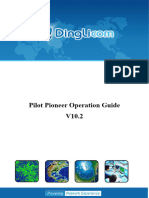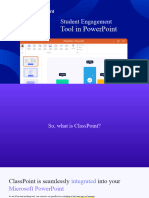0% found this document useful (0 votes)
47 views6 pagesFree Code Camp - Responsive Web Design - Part 1
The document provides an overview of HTML elements used for building a cat photo app, including content structuring elements like <main>, <section>, and <footer>, as well as text emphasis elements like <em> and <strong>. It explains how to create lists, media descriptions with <figure> and <figcaption>, and how to work with forms and inputs, detailing attributes such as type, name, and required. Additionally, it covers grouping and labeling elements like <fieldset>, <legend>, and <label>, along with the use of radio buttons and checkboxes.
Uploaded by
tashiaperera4Copyright
© © All Rights Reserved
We take content rights seriously. If you suspect this is your content, claim it here.
Available Formats
Download as PDF, TXT or read online on Scribd
0% found this document useful (0 votes)
47 views6 pagesFree Code Camp - Responsive Web Design - Part 1
The document provides an overview of HTML elements used for building a cat photo app, including content structuring elements like <main>, <section>, and <footer>, as well as text emphasis elements like <em> and <strong>. It explains how to create lists, media descriptions with <figure> and <figcaption>, and how to work with forms and inputs, detailing attributes such as type, name, and required. Additionally, it covers grouping and labeling elements like <fieldset>, <legend>, and <label>, along with the use of radio buttons and checkboxes.
Uploaded by
tashiaperera4Copyright
© © All Rights Reserved
We take content rights seriously. If you suspect this is your content, claim it here.
Available Formats
Download as PDF, TXT or read online on Scribd
/ 6








